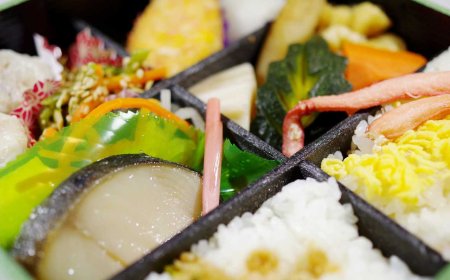Matcha: Japan's Ancient Green Treasure
Matcha, with its vibrant green color and rich flavor, has become a global sensation. From traditional tea ceremonies to modern culinary trends, discover the deep cultural roots of this iconic Japanese tea.
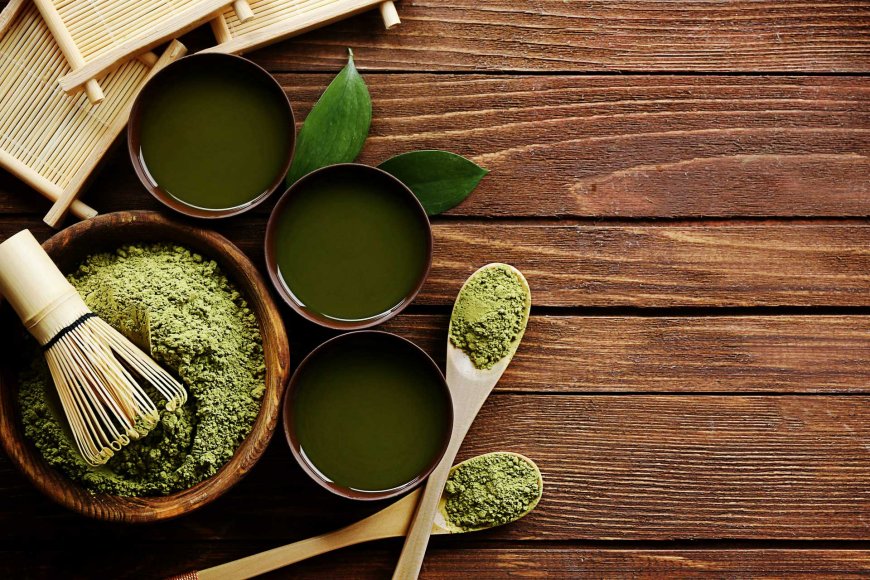
The World of Matcha
Matcha, a finely ground powder of specially grown and processed green tea leaves, holds a cherished place in Japanese culture. With its vibrant green color, unique flavor, and profound health benefits, matcha has evolved from a ceremonial beverage to a global sensation.
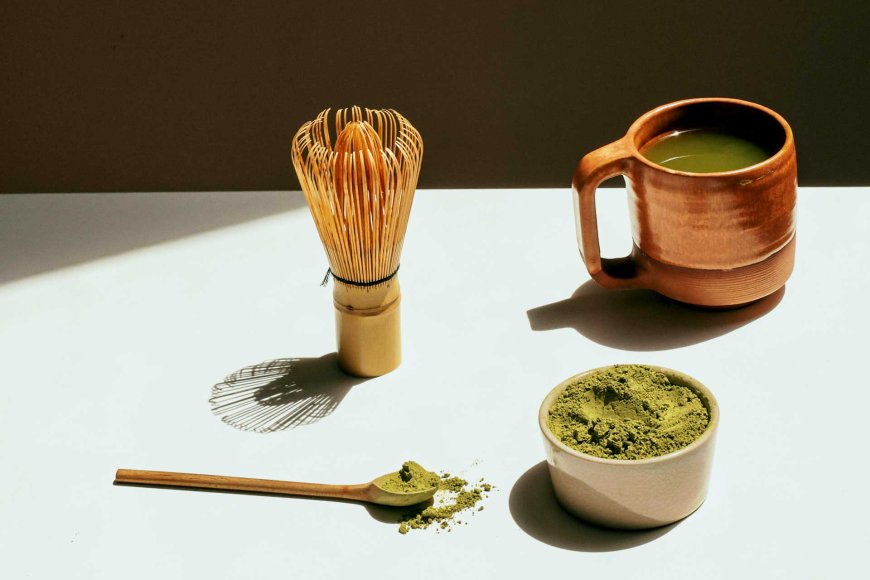
The Ancient Origins of Matcha
Matcha's history dates back to the Tang Dynasty (618–907) in China, where tea leaves were steamed and formed into bricks for easy transport. It was during the Song Dynasty (960–1279) that powdered tea became popular. Japanese Zen Buddhist monks, who studied in China, brought this method of tea preparation to Japan in the late 12th century.
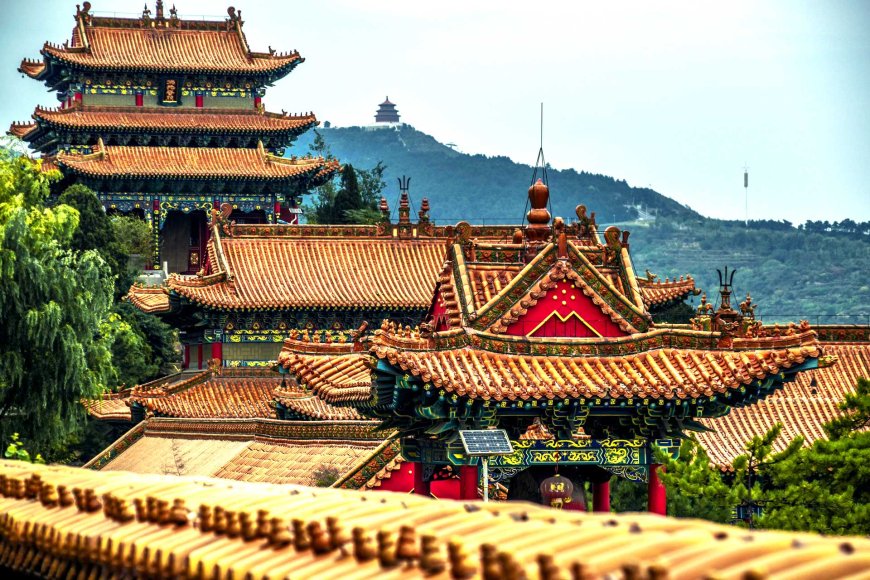
Eisai, a Zen monk, is credited with popularizing matcha in Japan. He introduced the practice of drinking tea for meditation, recognizing its calming yet energizing properties. The preparation of matcha soon became intertwined with Zen rituals, emphasizing mindfulness and the aesthetics of simplicity.
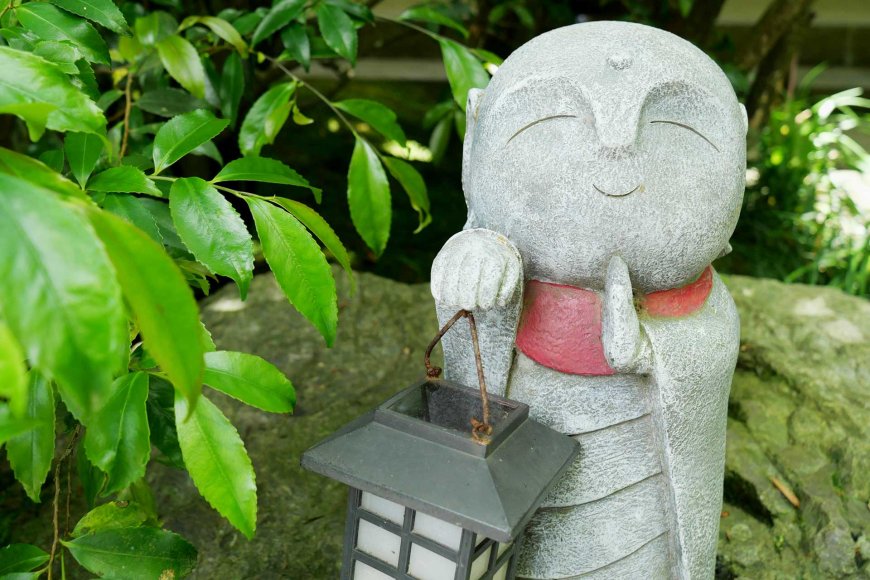
The Art of the Japanese Tea Ceremony
The Japanese tea ceremony, or chanoyu, is a ritual deeply rooted in the Zen Buddhist philosophy of harmony, respect, purity, and tranquility. At the heart of this ceremony is matcha. The meticulous preparation and consumption of matcha during the tea ceremony embody the spirit of Zen—present moment awareness and deep appreciation for the simple things in life.
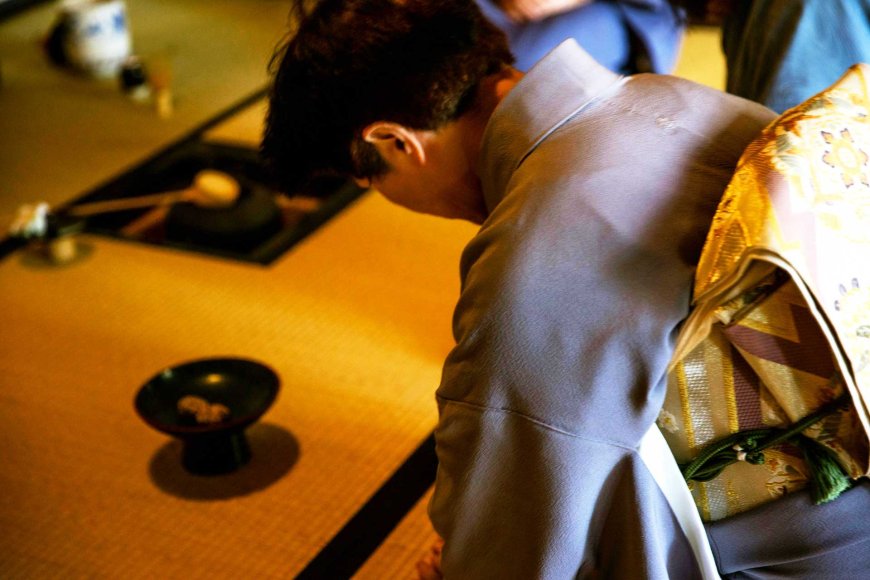
The tea ceremony is not merely about drinking tea; it is an art form that has been refined over centuries. The host, trained in the precise movements and rituals, prepares the matcha with great care, often in a serene tea room designed to evoke a sense of peace. Every element, from the selection of the tea utensils to the arrangement of the flowers, is thoughtfully chosen to create an atmosphere of quiet beauty.
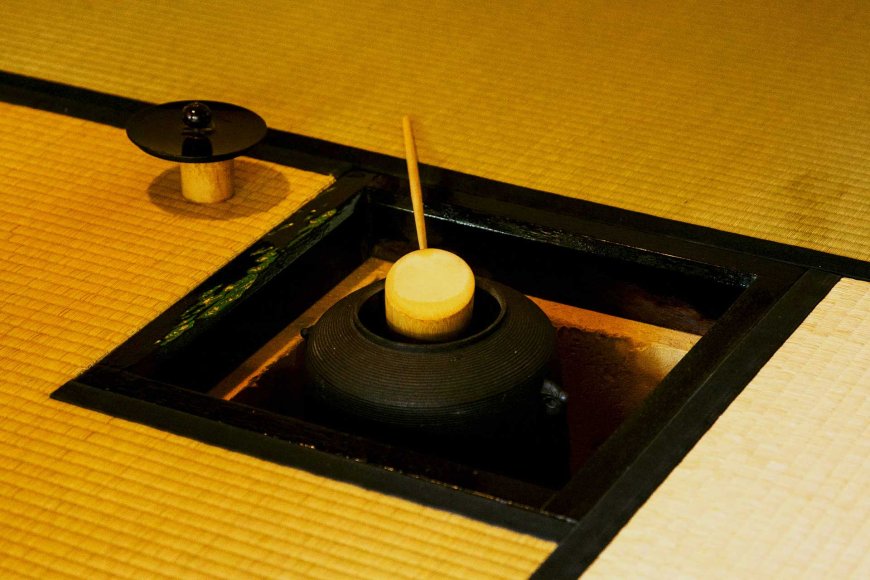
Cultivation and Production of Matcha
The process of producing matcha is labor-intensive and requires great skill. The journey begins with the cultivation of tencha, the raw material for matcha. A few weeks before harvest, the tea plants are shaded to reduce exposure to sunlight. This process, known as tana, increases the chlorophyll content in the leaves, resulting in the vibrant green color and rich flavor characteristic of matcha.

After harvesting, the leaves are steamed to prevent oxidation, then dried and sorted. The leaves are then de-veined and de-stemmed, leaving only the most tender parts. The final step involves grinding the leaves into a fine powder using stone mills, a process that requires precision to avoid overheating, which can affect the flavor and quality of the matcha.
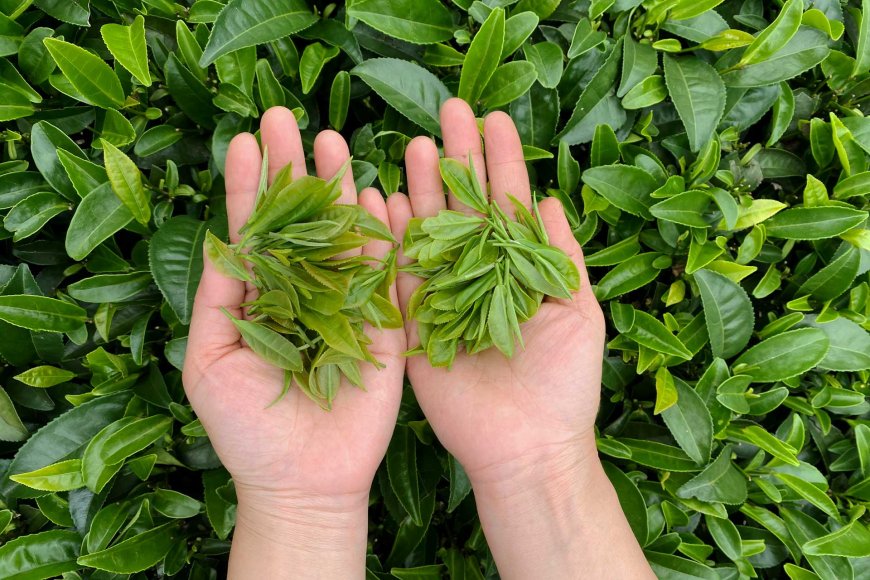
The Flavor Profile of Matcha
Matcha’s flavor profile is complex and multifaceted, balancing bitterness with sweetness. The first sip may be slightly astringent, followed by a lingering sweetness and a rich, creamy texture. High-quality matcha is characterized by a deep umami flavor, a testament to the meticulous cultivation process.
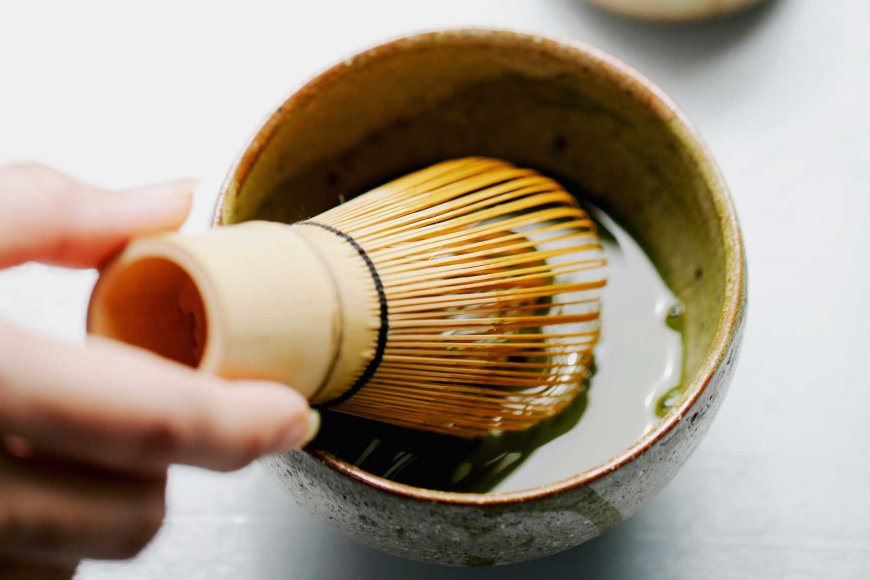
The quality of matcha is often categorized into grades. Ceremonial grade is the highest quality, reserved for traditional tea ceremonies. Premium grade matcha is suitable for everyday consumption, while culinary grade is used in cooking and baking, adding a distinctive green tea flavor to various dishes.
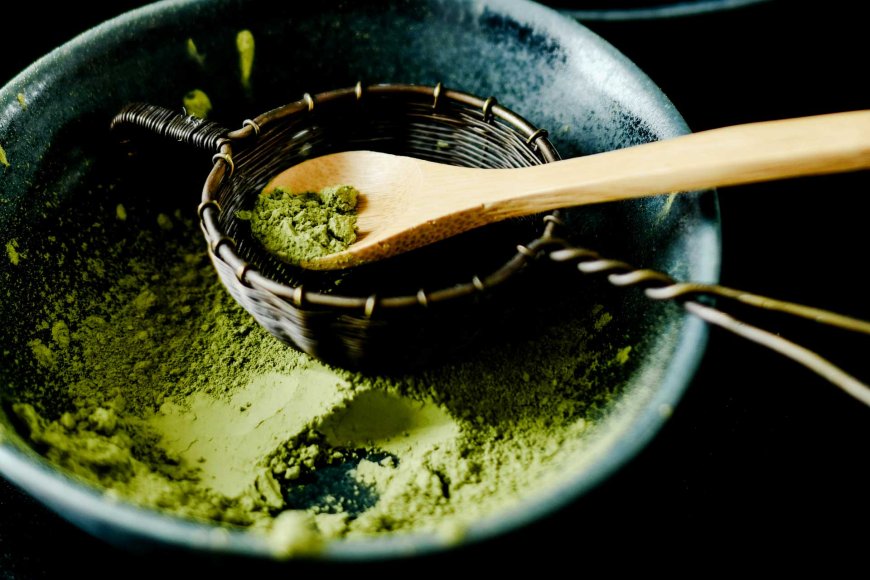
Matcha in Modern Japanese Culture
While matcha has deep roots in Japanese tradition, it has also found its way into contemporary Japanese culture. Today, matcha is not only consumed as a hot beverage but is also a popular ingredient in a wide array of products, from matcha lattes and ice cream to snacks and desserts.
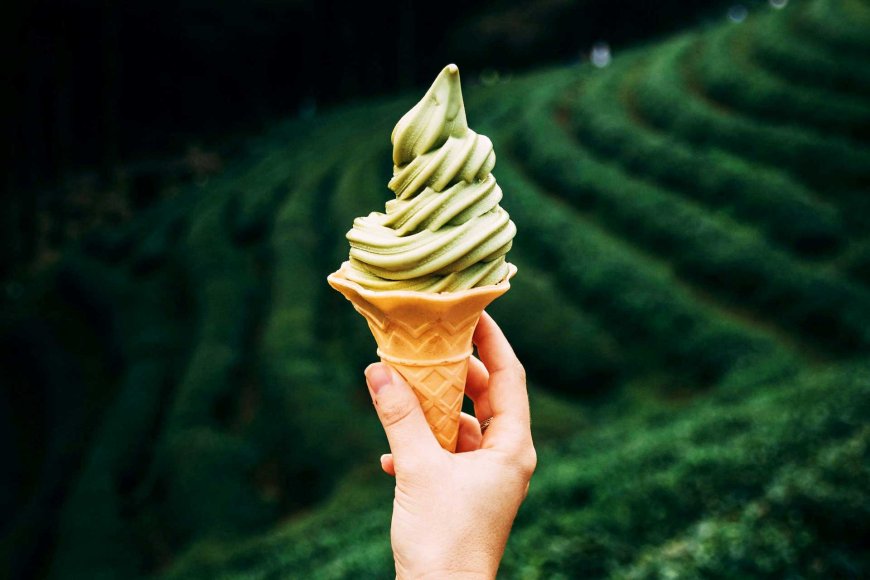
The rise of matcha cafes in Japan, where visitors can enjoy both traditional and modern matcha-based treats, reflects the blend of old and new in Japanese society. These cafes often emphasize the health benefits of matcha, which is rich in antioxidants, vitamins, and minerals, making it a favorite among health-conscious consumers.
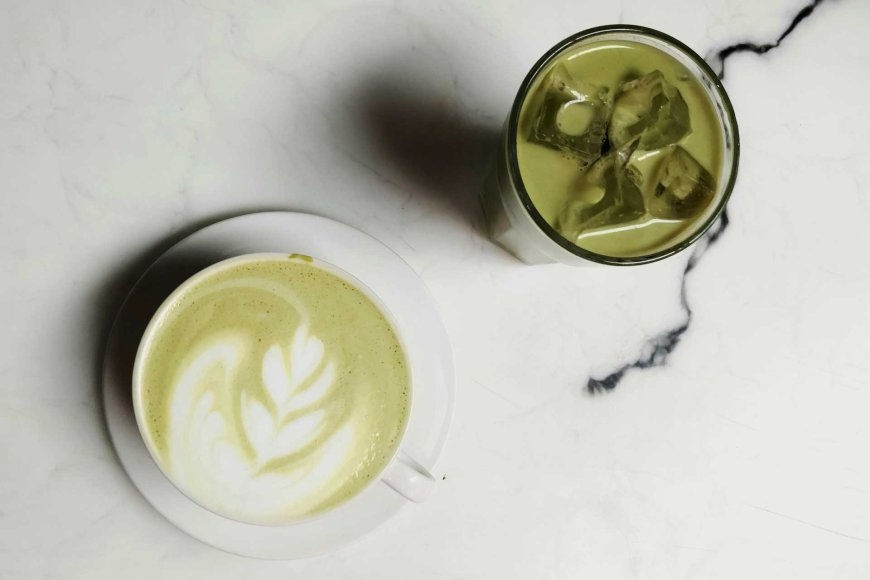
The Global Matcha Phenomenon
In recent years, matcha has transcended its Japanese origins to become a global phenomenon. Its unique flavor, vibrant color, and health benefits have made it a sought-after ingredient in the culinary world. Matcha’s popularity has surged in countries like the United States, Europe, and Australia, where it is featured in everything from smoothies and desserts to skincare products.
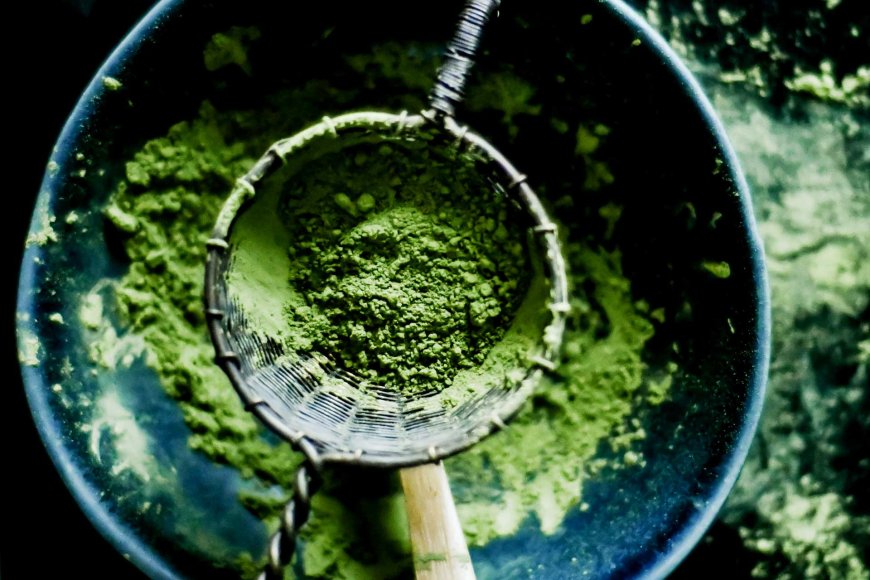
Despite its global reach, authentic matcha remains closely tied to its Japanese roots. The best matcha is still produced in Japan, with regions like Uji in Kyoto and Nishio in Aichi Prefecture renowned for their high-quality matcha production. As demand for matcha grows worldwide, the traditional methods of cultivation and preparation continue to be valued and preserved.
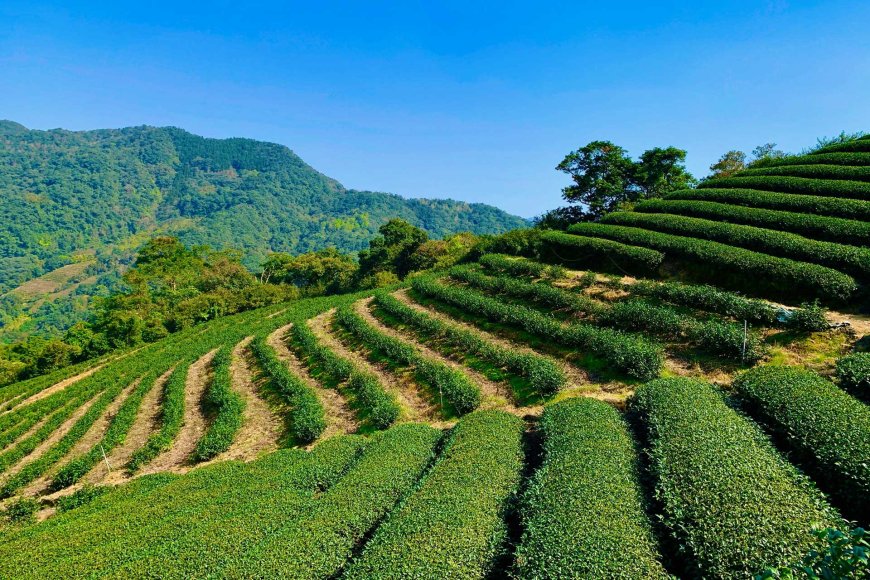
Matcha as a Symbol of Japanese Culture
Matcha is more than just a tea; it is a symbol of Japanese culture and tradition. Its journey from the tea fields to the tea bowl is a testament to the dedication, skill, and artistry of Japanese tea producers. Whether enjoyed as part of a centuries-old tea ceremony or a modern-day latte, matcha continues to captivate the hearts of tea lovers around the world, embodying the essence of Japan in every sip.
Find Cheap Flight Tickets to any Destinations in Japan and the Philippines
Nipino.com is committed to providing you with accurate and genuine content. Let us know your opinion by clicking HERE.





















































